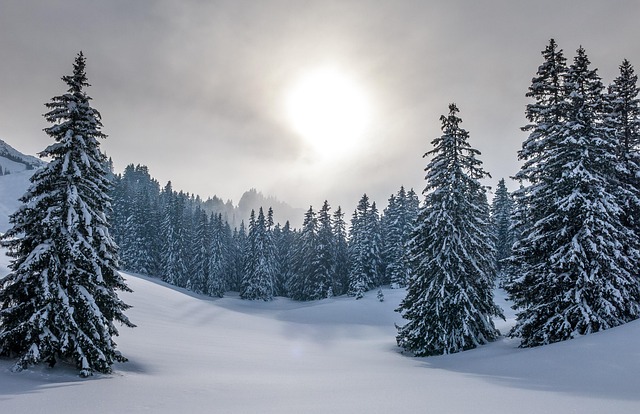The Subtle Art of Diffuse Light in Layered Photography
In the intricate world of layers, the way light plays across each stratum can transform an ordinary photograph into a compelling masterpiece. One of the most enchanting elements to work with is diffuse light. It’s the gentle whisper of illumination that caresses your subject, softening edges, reducing harsh contrasts, and inviting the viewer into a serene visual experience.
When you embrace diffuse light in layered photography, you’re not just capturing images — you’re telling stories through subtle gradients and velvety shadows. Imagine how this soft glow gives texture to each layer, allowing complex compositions to feel harmonious rather than chaotic. The interplay of light filtering through multiple layers creates depth and a sense of mystery, drawing your eye to the nuances that might otherwise go unnoticed.
Using diffuse light requires patience and sensitivity. It’s less about commanding attention with bold beams and more about coaxing out quiet beauty from every fold and contour. Natural overcast conditions or deliberately softened artificial lighting are your allies here. They break down the rigidity of direct light, permitting a tender, even illumination that compliments the delicate balance of layers.
As photographers, we often chase dramatic contrasts to highlight our work. Yet, with diffuse light, we learn the power of restraint. The gentle diffusion can evoke emotions — calm, intimacy, and subtle intrigue — that resonate deeply with viewers. It’s an invitation to lean in, to explore details in the soft midtones and gentle shadows the diffuse light unveils.
Whether you’re layering elements in a composite or photographing physical layers in nature or architecture, mastering diffuse light opens doors to a more refined visual language. It’s more than technique; it’s a shift in perception, inviting us to see beneath the surface and celebrate the quiet magic woven within each layer.



